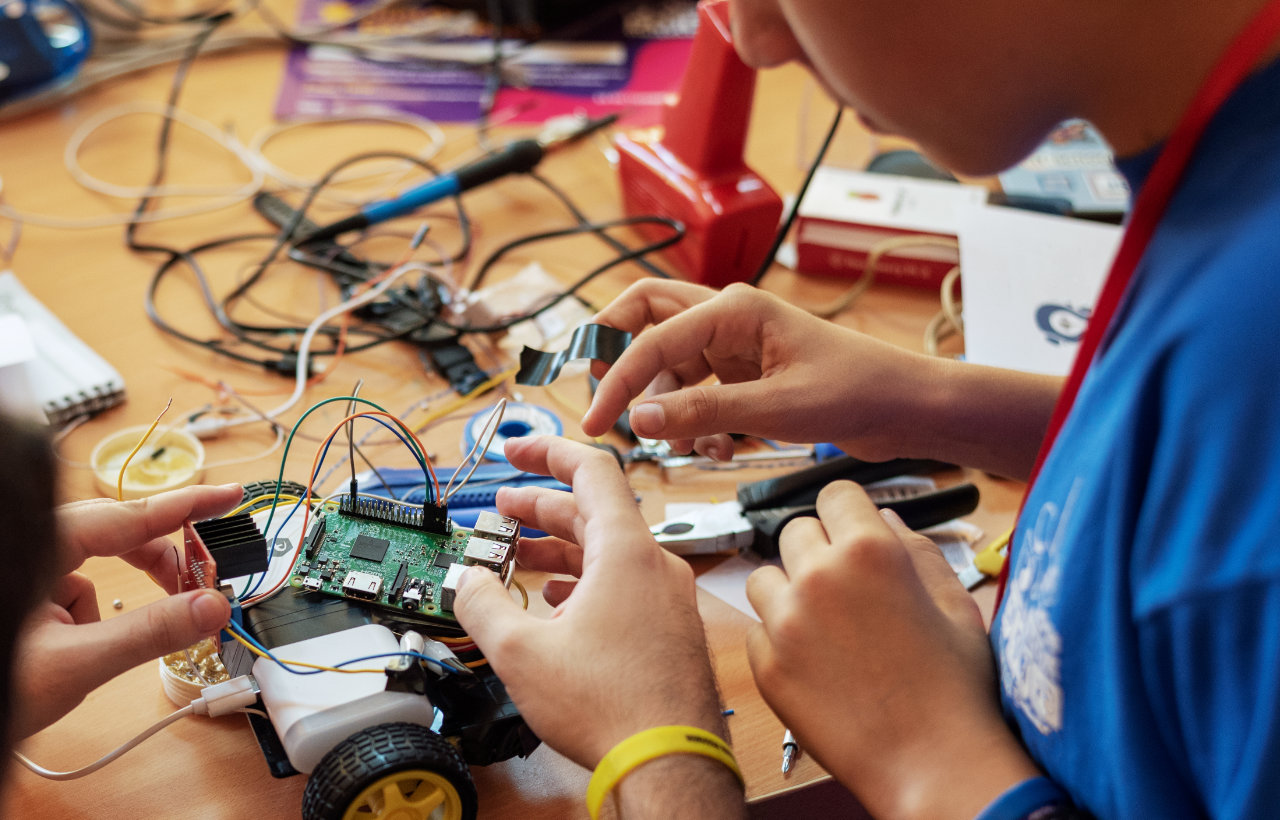
Listening to feedback from the frontlines: The power of prototyping
In the manufacturing industry, various efforts are being made to improve productivity. For example, they are working to identify wasteful work and improve work processes and procedures, and introducing systems to increase efficiency. However, the complexity of recent operations and labor shortages indicate that further changes in factory management are needed.
For example, existing production management systems are predominantly Windows desktop applications and lack perspectives on integration with external services and data utilization. Even if the system does not have an alert e-mail function, it must be requested from the system vendor, which incurs additional costs. Data that needs to be monitored must be checked by opening the application screen each time, leaving a process that is not labor-saving. Information transfer between processes is managed by paper work instructions, and weight and dimensional data may be manually entered into the system.
These issues are user experience (UX) problems, and the first step in improving UX is to address the most difficult issues on the shop floor. By having everyone work on a common problem, it is easier to get a positive response and to move the project forward. At this point, hearing the needs of the field and creating a prototype in about a week using enebular will be greatly appreciated. Recently, cloud services have reduced the cost of system procurement, and small hardware devices such as the Raspberry Pi with a case are beginning to appear that can be used immediately at manufacturing sites. Even those who are not good at programming can easily create applications with low-code tools such as Node-RED, which lowers the hurdle for creating prototypes.
With a prototype, we can correct misunderstandings about needs and move forward with concrete discussions. Seeing and touching the prototype will generate ideas for improvements and facilitate discussions about priorities. By using prototypes, many issues can be solved in a short period of time.
In digital transformation (DX), the most important thing is not the technical issues, but rather the ability of the organization and individuals to embrace change itself.




